Safety switches are the household or workplace safeguard against electric shock. They shut off the electricity supply when current leakage is detected. In the event of an electrical emergency, safety switches avoid serious injury from electric shock and possible electrical burns by stopping the current flowing through the person. Not to get confused with circuit breakers, safety switches will only protect the circuit it is connected to, therefore it is important to have multiple safety switches installed within your home or office as there likely would be multiple electrical circuits running.
We answer your commonly asked questions about safety switches below to help you identify if you are at risk.
1. Are safety switches and circuit breakers the same thing?
While both safety switches and circuit breakers appear to do similar jobs, they have different objectives. Circuit breakers quickly cut power when there is a high current fault or overload that may generate a hazard, whereas safety switches shut off the electricity supply when it detects a leakage to earth. Circuit breakers are installed to protect the circuit wiring on the premise, while safety switches protect the people. This is extremely important to prevent injury and save lives.
2. Can I install my own safety switch?
Doing any electrical work yourself is dangerous and illegal. The installation of safety switches must be done by a qualified electrician to prevent safety hazards. If you have any concerns around the installation of a safety switch, you can check the Queensland Government’s Electrical Licence Search (ELIS), here.
3. How do I identify if I have a safety switch?
It is beneficial to know if your home or office has safety switches installed to protect yourself and others. To do this, all safety switches have a ‘T’ or ‘Test’ button on the front face. This is the distinguishing feature of a safety switch in comparison to a circuit breaker. If you cannot identify a ‘T’ or ‘Test’ button on your switchboard, they are probably circuit breakers. We suggest asking your electrician to help identify them during your next electrical service.
4. I can identify one safety switch, do I need more?
Yes! Consider having safety switches installed on all circuits in your home or office. This may include power points, lights, air conditioning, oven, hot water and pool equipment circuits. If you are unsure, during your next essential electrical maintenance check, ask if the premise is properly protected and has safety switches installed on all circuits within the home or workplace.
4. Can I test a safety switch?
Remember the ‘T’ or ‘test’ button on the front face of the safety switch? This is what is used to test the liability of the switch. Safety switches are not failsafe and you should conduct a functionality test every 3 months to ensure the mechanism continues to operate freely and is not clogged with dirt or other foreign matter.
The below functionality testing guidelines are supplied from the Queensland Government:
Simply push the button marked 'T' or 'test'. If the safety switch flicks off and cuts the power to the intended circuits, it is working correctly.
Check inside your home to see which lights or appliances have been turned off. The circuits turned off by the safety switch test mean they are protected by it. If it doesn't turn off the power, contact your licensed electrician to check it immediately.
After testing, turn the safety switch back on. For circuits with a refrigerator or air conditioner, wait at two to three minutes before resetting to avoid possible appliance damage.
For further assistance with all of your commercial electrical needs, get in touch with the Ehlerth Electrical team via 1800 940 413 or make an enquiry here. We service clients from Brisbane to the Gold Coast.









